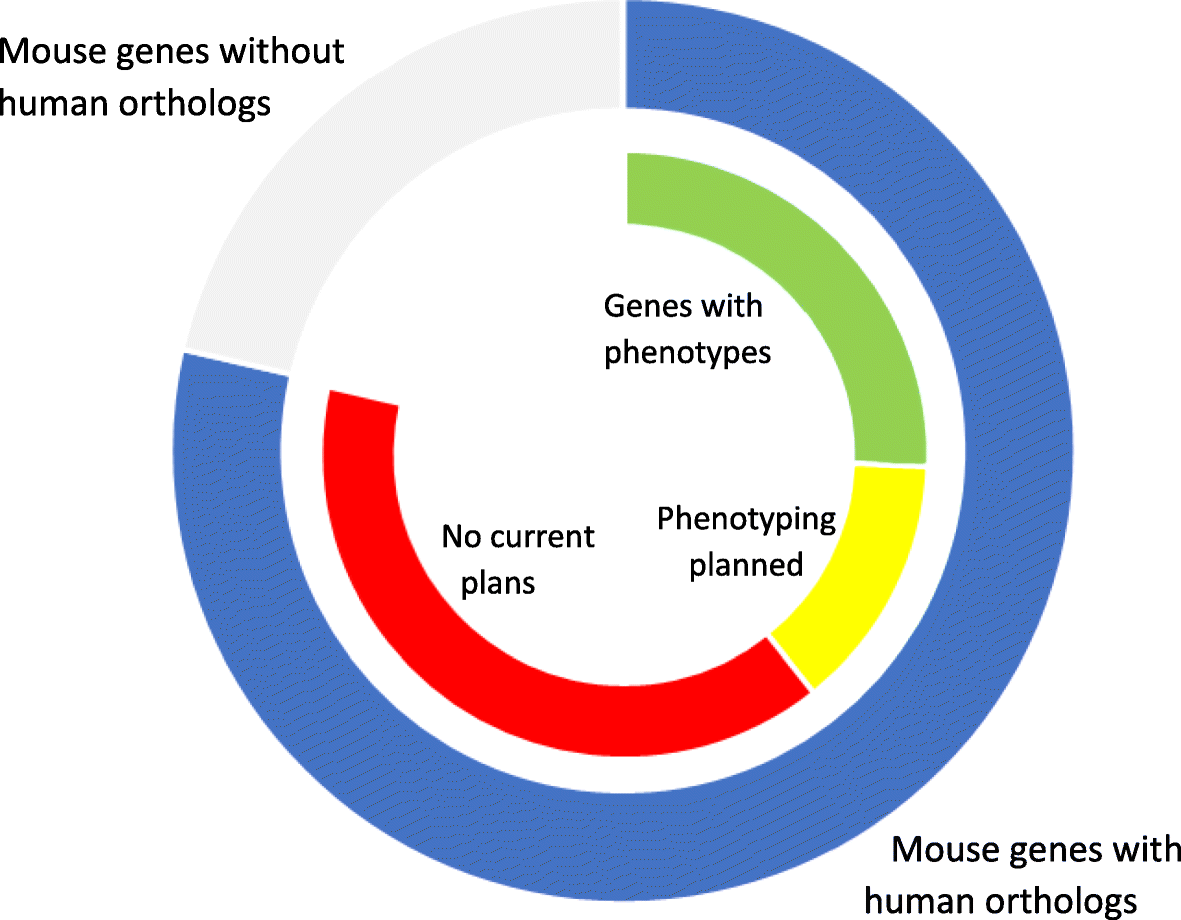https://www.sciencedirect.com/science/article/pii/S0168952518300611
This article discusses the method of analyzing DNA methylation biomarkers across the genome of an individual to estimate the age of a possible suspect, and the resulting privacy concerns such a practice raises. Forensic scientists would accomplish this by determining the degree of DNA methylation of a sample to ascertain their epigenetic age, which will function as a stand-in for their actual age. Having this ability can greatly benefit an investigation as law enforcement can narrow in further on a suspect; however, controversy lies surrounding the vast amount of personal information that can be obtained from analyzing an individual's DNA (i.e., genetic predispositions, lifestyle choices, etc.), which the article goes in depth on.








